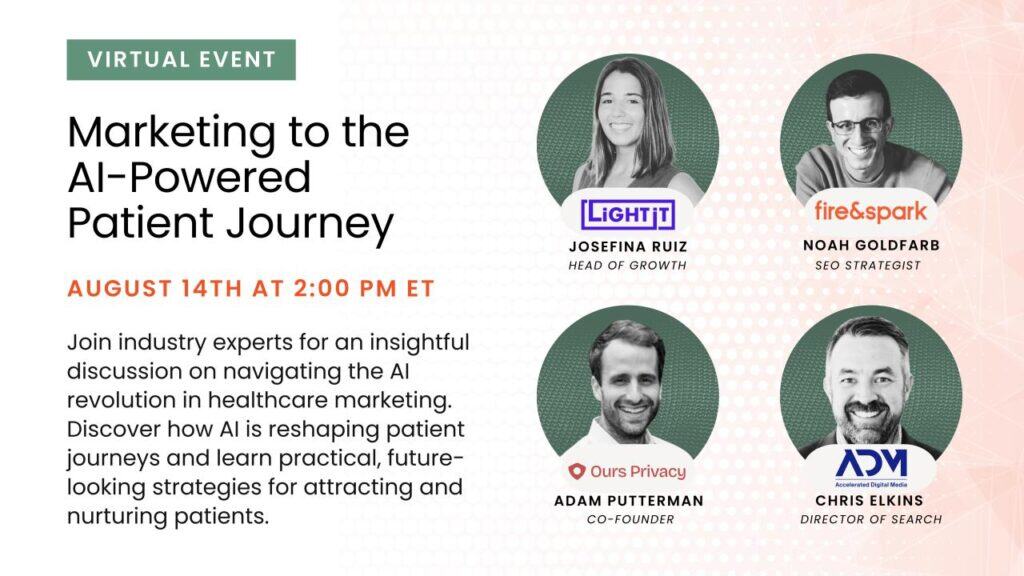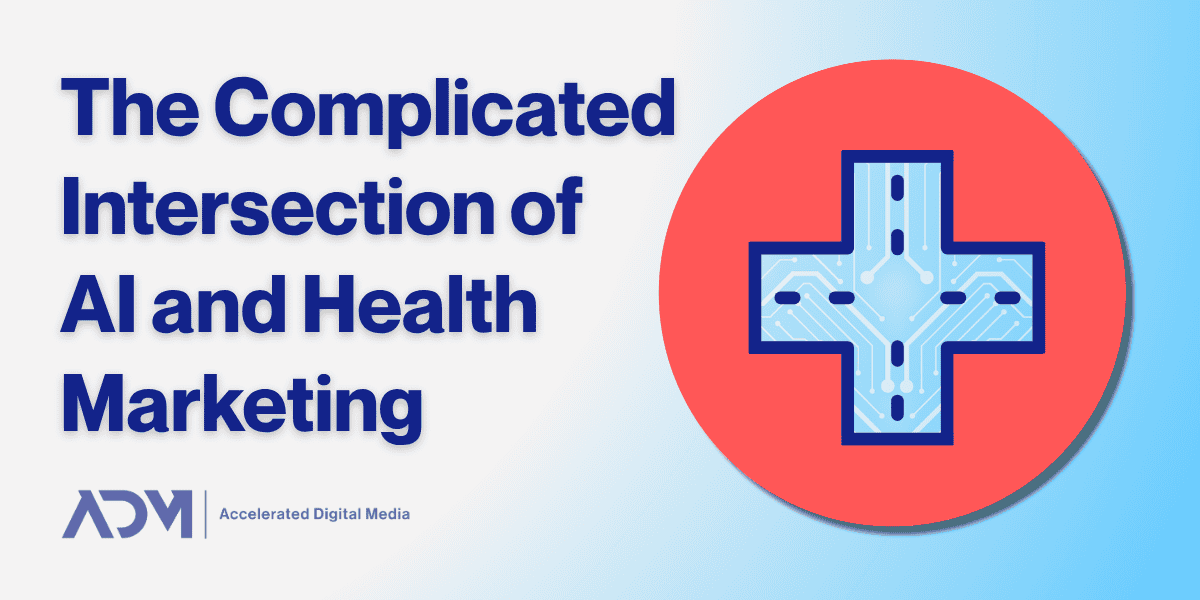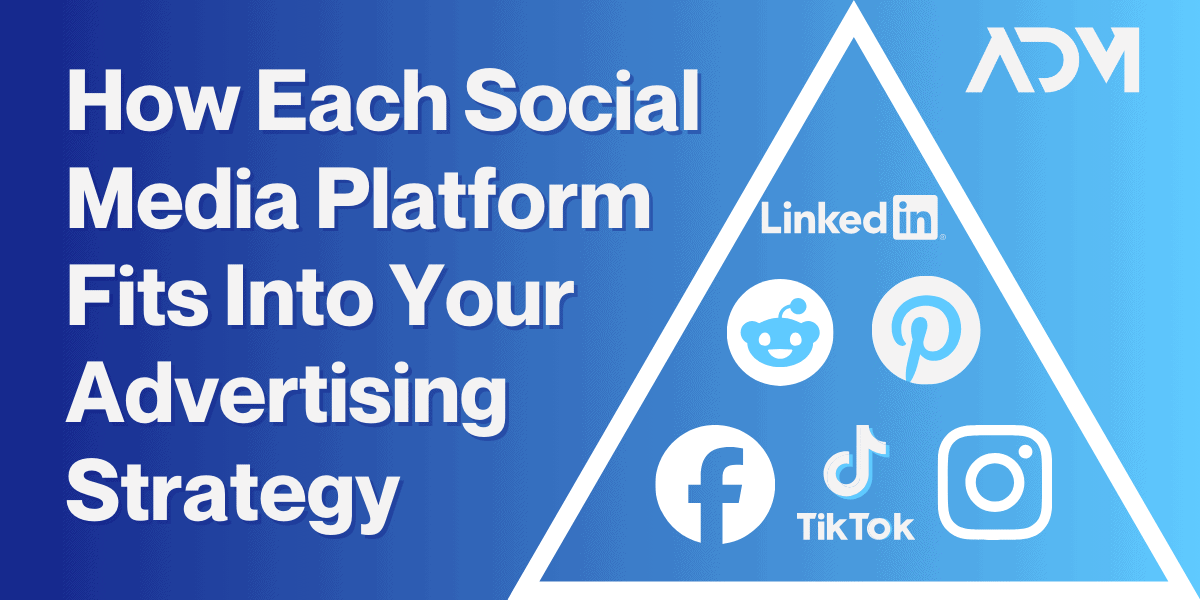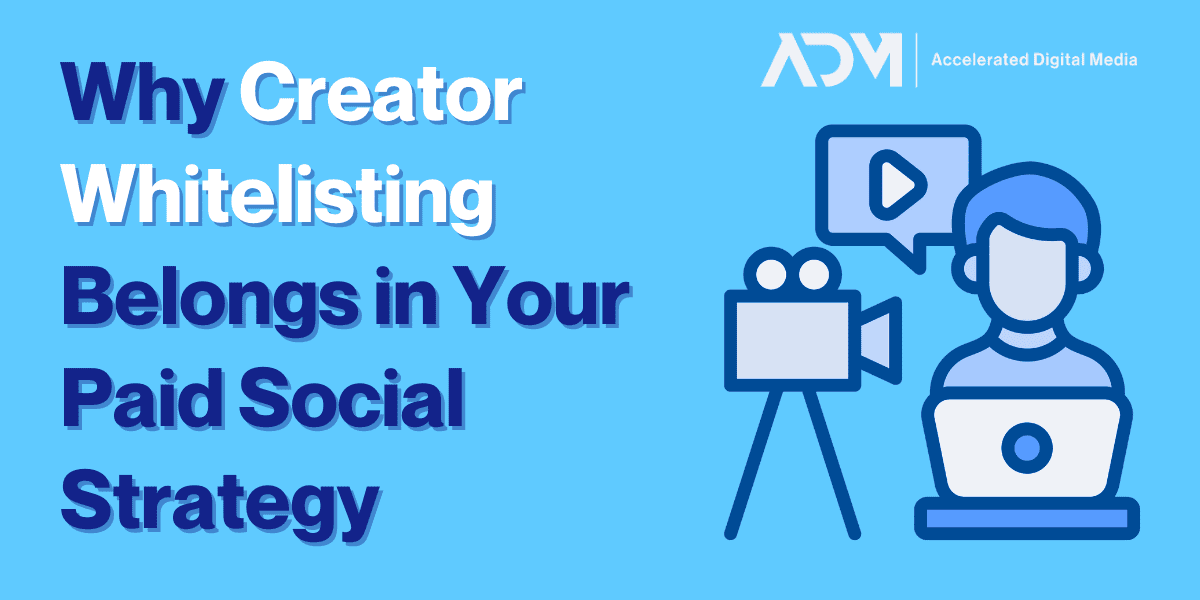AI hype felt like it hit a fever pitch years ago—and then it just kept growing. But in recent years, actual use cases have emerged that seem to justify at least some of that hype. AI disruptions has become an utterly unavoidable trend in most industries, and marketing is a glaring example of that. That means health marketers now have plenty of new AI-powered tools to deploy, but also plenty to consideration when it comes to using those tools effectively and ethically.
In this blog, we’ll focus on some of the key tools that are creating both advantages and quandaries for health marketing agencies and their partners.
AI Search Changes How Patients Find Information
Search itself has changed dramatically over the past several years, driven both by AI and an increasing emphasis on multimedia over text-based results. Google had already begun to populate the search engine result page (SERP) with image, video, and shopping integrations, crowding the typical text-based paid and organic listings further down the page. On top of all that—literally)—it now delivers AI-generated answers for a growing number of queries.
Google looks nothing like it did seven or five or even three years ago—meaning user behaviors are changing as well. In perhaps a chicken-or-egg situation, users are also increasingly turning to non-Google chatbots (like ChatGPT and Grok) or even social search as a means of answering questions, finding products, or conducting research.
For health marketing, this diversifying search landscape has key implications. Health decisions are personal and significant. They typically require a longer decision process that relies on both condition and treatment research. With the traditional methods of online research fading, healthcare brands will need to adapt to continue to reach and inform patients about care options.
All of this means that:
- “Zero-click searches” are on the rise, reducing touchpoints for both paid and organic marketing
- Tried-and-true methods of educating patients through informational, SEO-tailored landing pages will become harder
- Appearing organically in AI results has become a key opportunity—and paid placements are on the way
- Video content and social competency were already important, but their necessity will continue to grow
AI-Powered Marketing Technology Has Advantages and Limitations for Healthcare
Likewise, AI has reshaped the primary mechanisms behind digital marketing. Google Ads and Meta Ads have both clearly demonstrated that the future of their services will be algorithm-driven smart campaigns, requiring fewer inputs and instead relying on complex user inferences. The results have been impressive so far: Google’s Performance Max and Meta’s Advantage+ technologies have both become dominant campaign types, often delivering superior efficacy and efficiency compared to older media-buying methods.
But because healthcare brands and marketing platforms cannot collect and analyze data related to health needs and preferences—the way consumer brands can for their products and customers—this industry is forced to approach these tools differently.
For instance, compliance with platform policies and legal regulations (like HIPAA) inherently limits the types of inputs that health marketers can leverage for AI-driven tools like Performance Max and Advantage+. These tools often require access to data that could be sensitive, necessitating additional layers of scrutiny and potentially limiting their full capabilities in healthcare settings.
In the past, marketing platforms have mostly encouraged compliance with their own regulations (meant to prevent legal violations), but now they’re shifting to actual reviews and enforcement. On Meta, for example, these limitations prevent health advertisers from deploying Dynamic Product Ads—and the social media stalwart has also added new restrictions on how they can deploy custom audiences and conversion events.
Despite these challenges, AI-powered campaigns have still proven beneficial for healthcare advertisers when implemented safely. For example, ADM successfully used Performance Max to augment a Non-Brand Search strategy for a telehealth client, resulting in increased patient signups at a comparable customer acquisition cost to other non-brand campaigns. This demonstrates the potential of AI tools to enhance healthcare marketing efforts when strategically integrated with existing campaigns.
Generative AI Creates Convenience and Conflicts
Perhaps the most-discussed and most-disruptive AI use case at the moment is generative AI for text, images, and videos. What was rudimentary just a few years ago has now become incredibly sophisticated, though it’s still far from perfect.
Major marketing platforms are increasingly offering built-in generative features that assist in asset creation or automated testing. Meta, for instance, can generate headlines and primary text variations, or dynamically match submitted creative elements to improve performance. TikTok and Google have introduced similar creative assistants.
In healthcare especially, credibility matters. These tools can help marketers move faster and test more—but they may be best-suited for generating ideas and mockups rather than producing final creative. At ADM, we find that AI is useful for accelerating the iteration process, but the concepts that resonate most with patients still come from human insight.
The same holds true for site content. While many health marketers are experimenting with tools like ChatGPT or Perplexity to generate SEO pages or patient education materials, there are always risks in using those outputs as-is. Generative AI tends to echo the existing web, which means it often winds up repeating, flattening, or even misrepresenting information. That’s especially problematic for healthcare brands, which need to be held to the highest standards for accuracy and authority. That matters for their Google rankings, but more importantly for their credibility with patients.
That doesn’t mean AI content can’t be useful for health brands when overseen and guided properly. When paired with specific or proprietary inputs—such as local health data, condition-specific success rates, or unique treatment pathways—it can be a powerful way to scale meaningful content. Brands can also use AI to support audience research, surface strategic gaps, or generate persona-specific CTAs and follow-up questions. These tactics allow marketers to stay efficient without losing trust or quality.
Ultimately, the promise of generative AI in health marketing isn’t in replacing creative teams or content writers. It’s in helping them move faster, think bigger, and focus on the things only humans can do: build connection, communicate care, and speak credibly to the lived experience of patients.
Product Design, Data Usage, and So Much More
AI promises speed and scale, but healthcare also demands precision, empathy, and expertise. Even with all these themes at play, we’re only scratching the surface of what AI technology will mean for health marketing.
As a health marketing agency, we’ve focused here on search, media strategy, and content creation, but other usage questions loom: What does responsible use of patient data look like in an AI-assisted workflow? Can healthcare brands rely on chatbots to accurately and compliantly support patient questions? Will the definitions of PHI need to change in this era of inferential algorithms? And what safeguards should be in place when AI tools are introduced into product development or the patient journey itself?
For those questions, it’s best to trust experts in different sectors of health marketing, like those in SEO and site development. That’s why, on August 14th, we’re teaming up with our partners at Fire&Spark, Light-It, and Ours Privacy for a discussion about all the angles of marketing to the AI-powered patient journey. Click the banner below to register, and don’t hesitate to reach out to the ADM team for answers or referrals for any of your AI-related health marketing questions!





